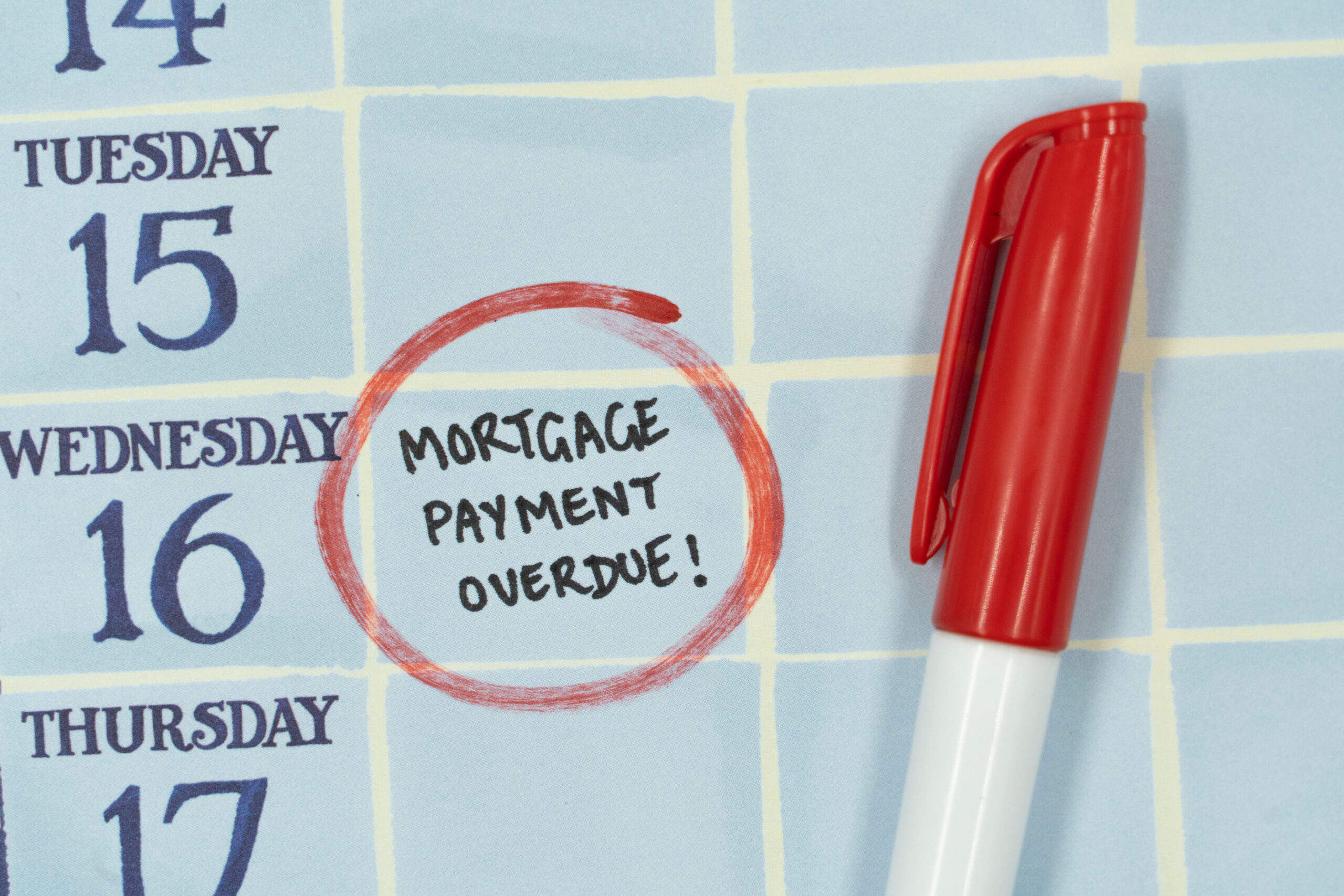So, here’s the tea 🍵 – even though the Federal Reserve finally cut interest rates last month after four years, mortgage rates have been climbing instead of dropping. If you’re wondering why, you’re not alone!
The Mortgage Puzzle 🧩
The Fed’s rate cut doesn’t directly impact mortgage rates. Instead, mortgage rates are more closely tied to long-term interest rates like the yield on 10-year Treasury notes, which move based on economic expectations like growth and inflation. In fact, mortgage rates tend to react ahead of any Fed action, not because of it. 😬
So, What’s the Deal?
Here’s a quick recap:
- The Fed raised rates 11 times in 16 months, making borrowing more expensive. 💸
- People hoped rates would go down with the Fed’s recent rate cut, but instead, mortgage rates hit 6.44% for a 30-year fixed mortgage. 😨
Why the Spike? 🚀
According to Greg McBride from Bankrate, mortgage rates started dropping earlier this year in anticipation of Fed cuts, sliding from 7.2% to 6.2% by September. But here’s where things flipped:
- The Fed’s big half-point cut in September signaled that the economy might keep growing, which raised fears of higher inflation.
- As a result, long-term interest rates (including mortgage rates) shot up again, erasing some of that earlier drop.
The Economy & Inflation 🎢
Other factors? You bet! 📊
- Strong jobs and higher-than-expected inflation data are pushing mortgage rates higher, too. With the economy showing resilience, markets are bracing for continued volatility.
- Still, experts like Hannah Jones from Realtor.com expect mortgage rates to gradually decline over the long term. 🤞
TL;DR 📝
Mortgage rates are rising because the outlook on economic growth and inflation is making markets jittery. The Fed’s recent rate cut isn’t bringing rates down just yet because long-term interest rates are more focused on future growth, employment, and inflation expectations.
So, hold tight! 🎢 Rates might be a wild ride for a while longer, but there’s hope for a downward trend in the future. 💡
